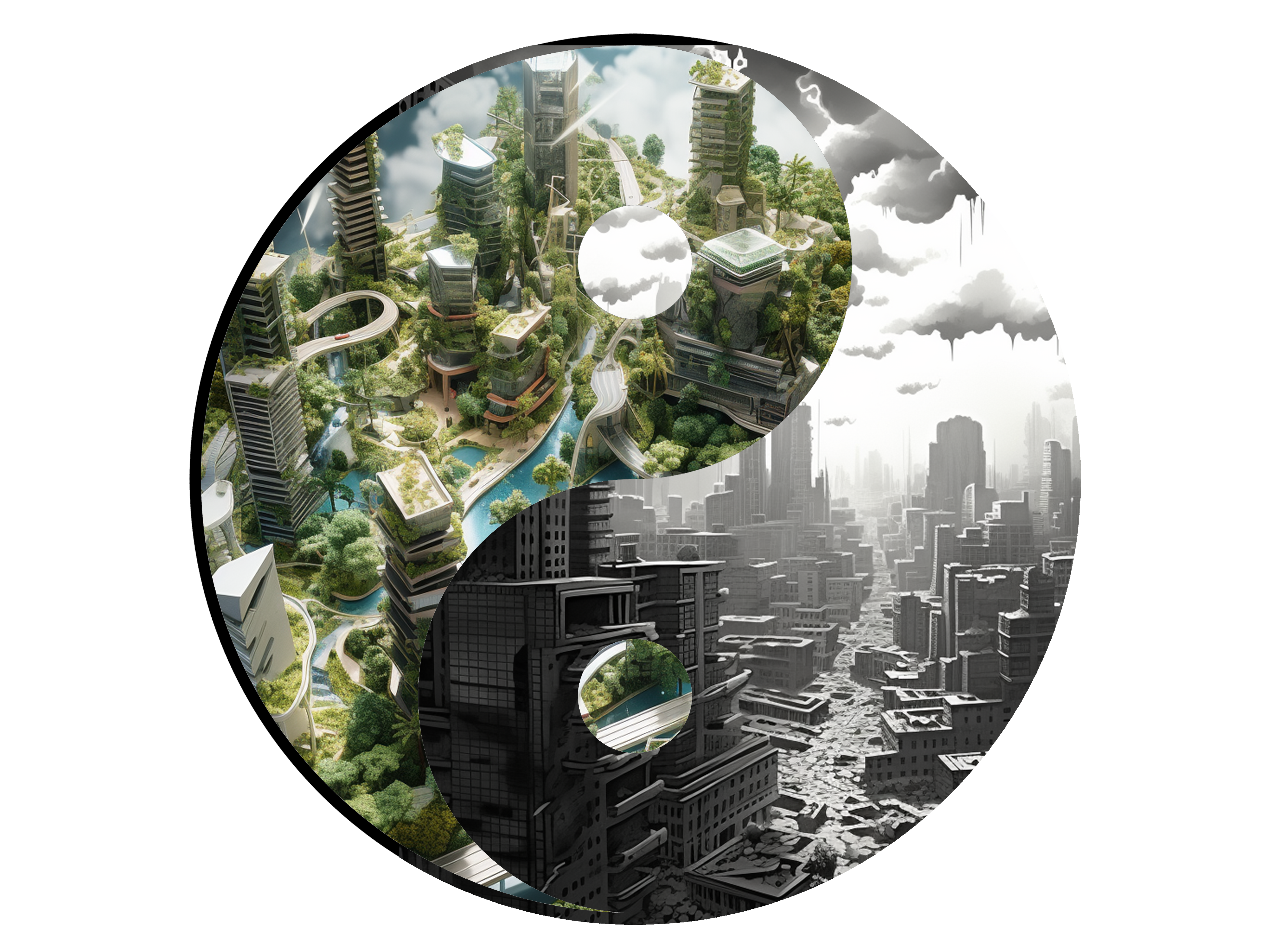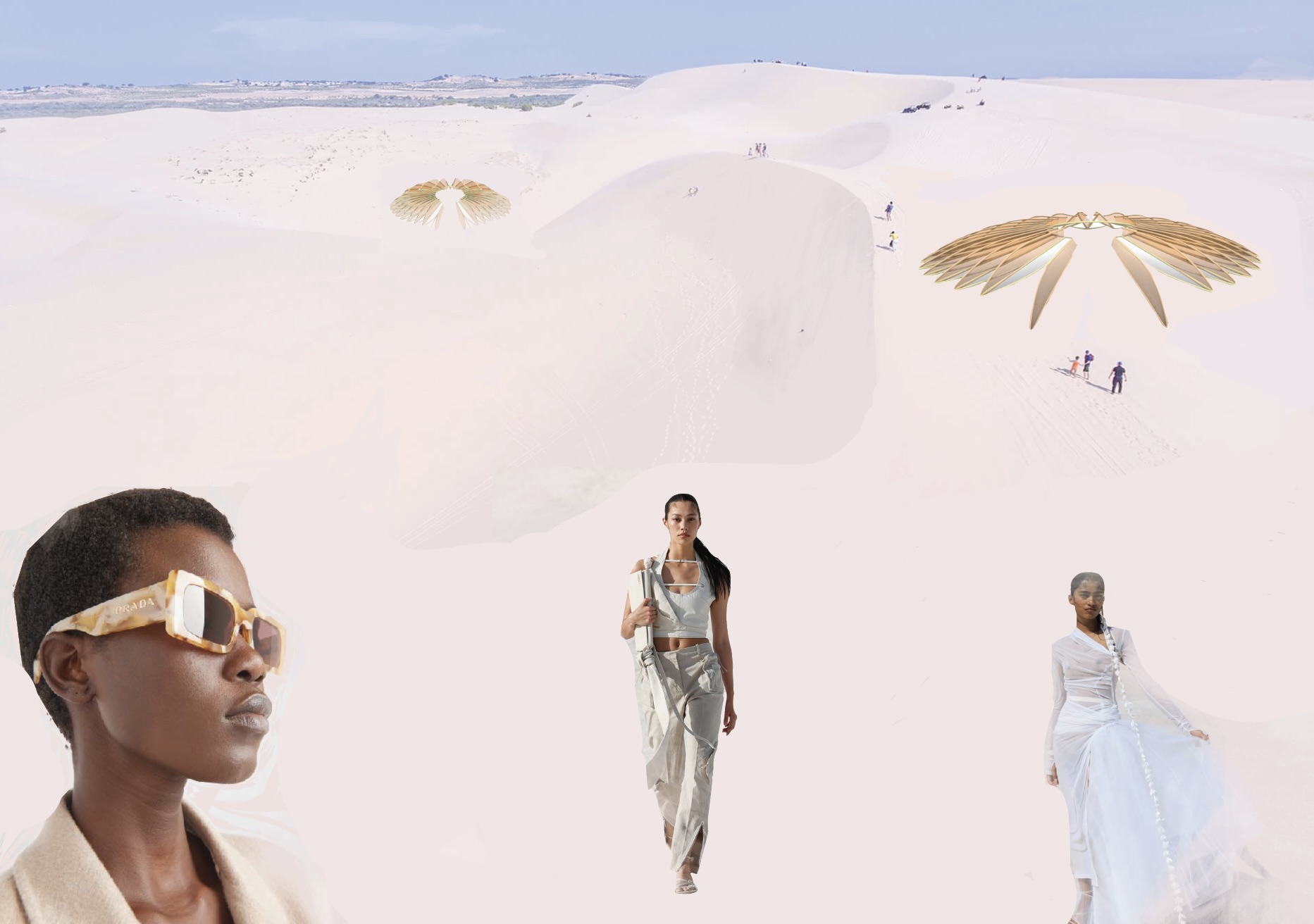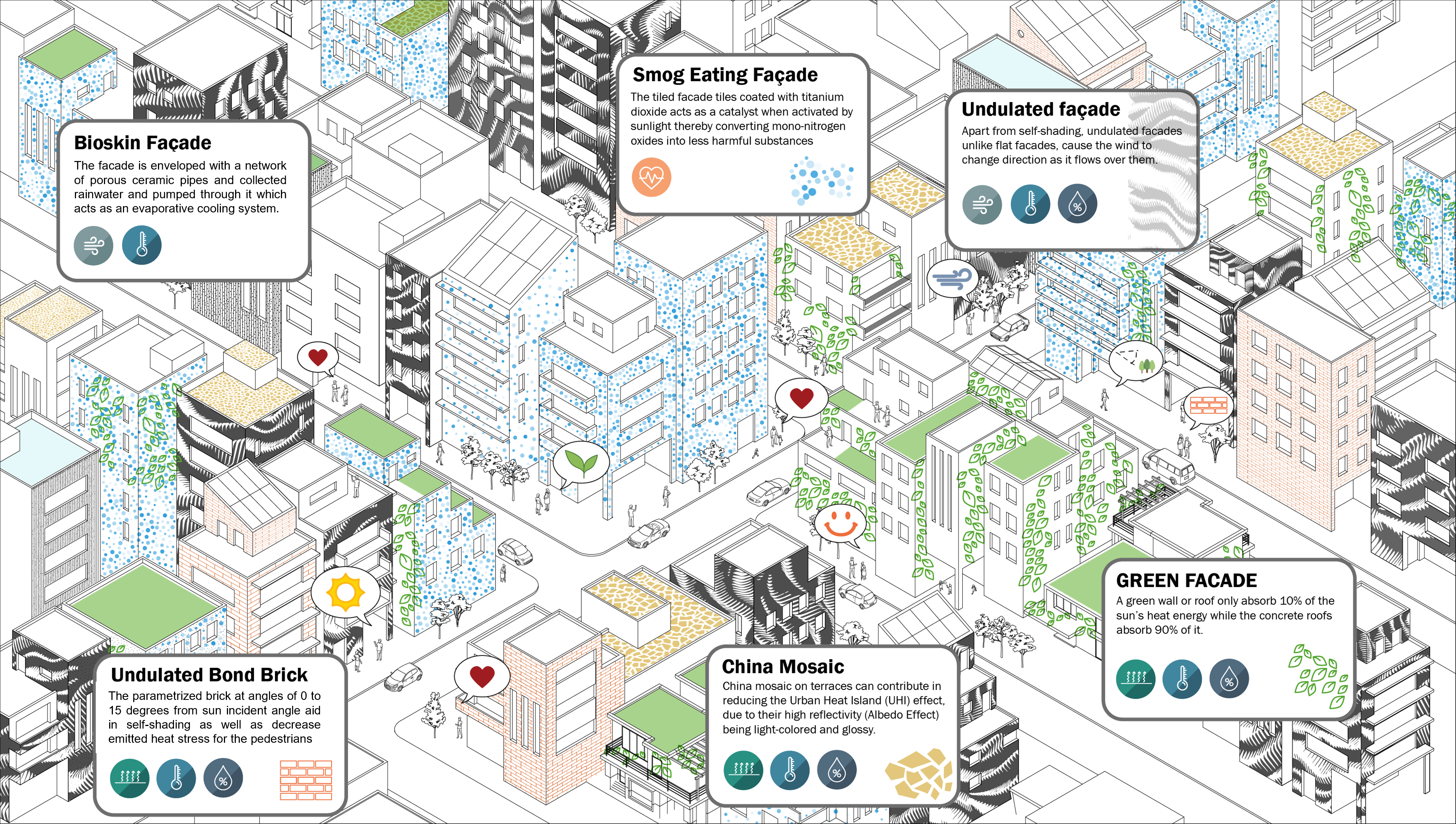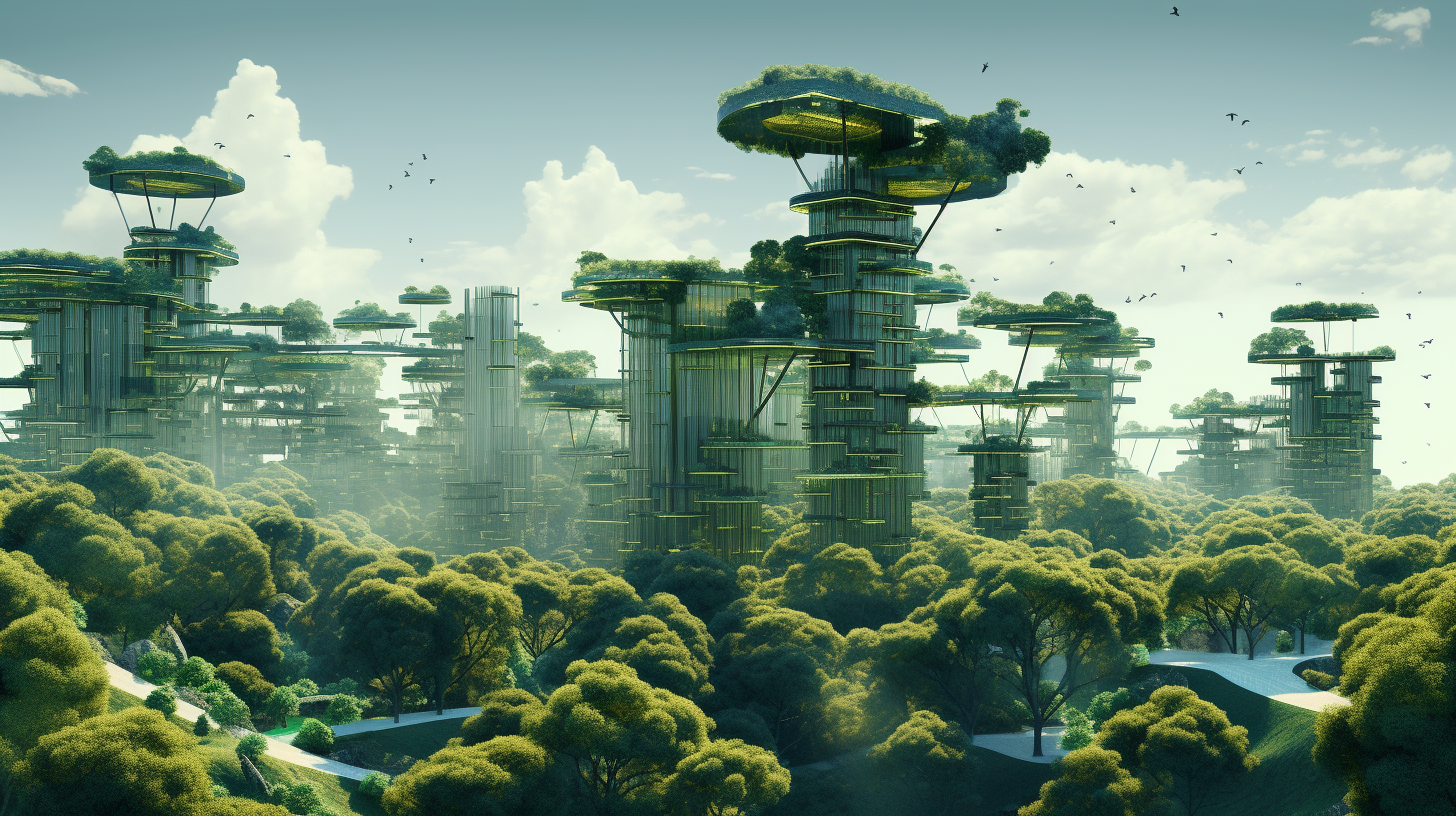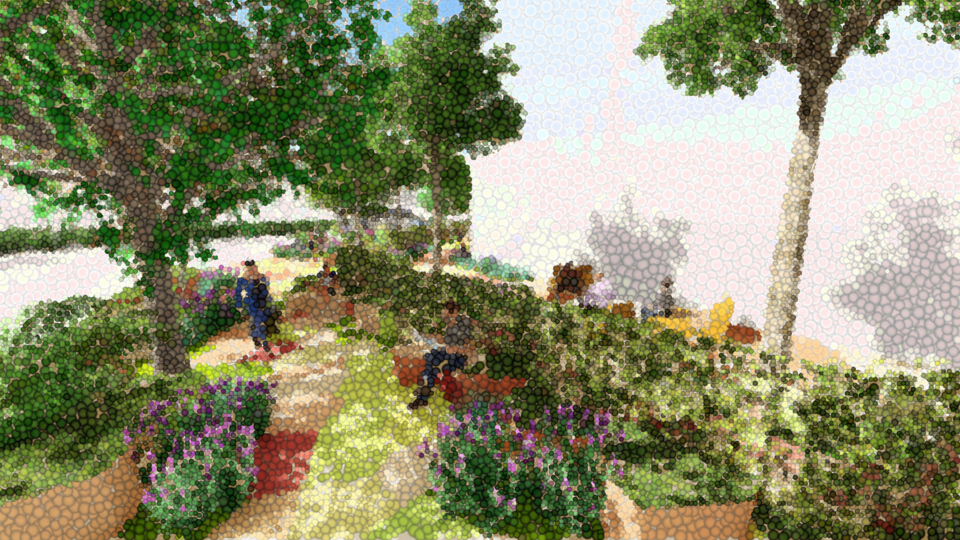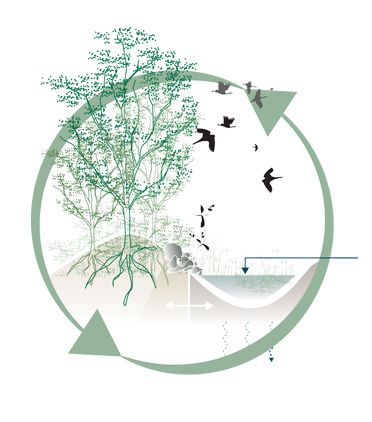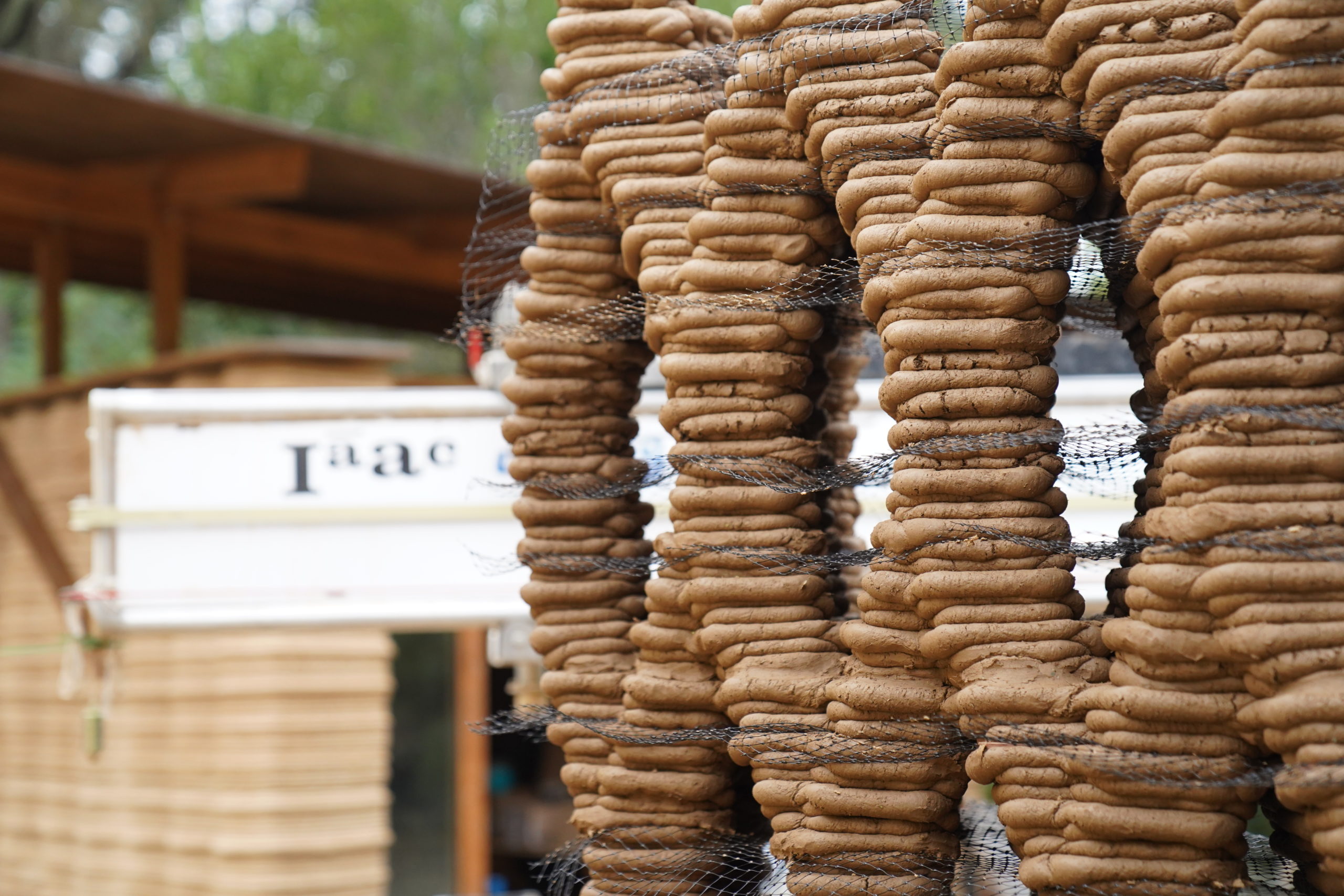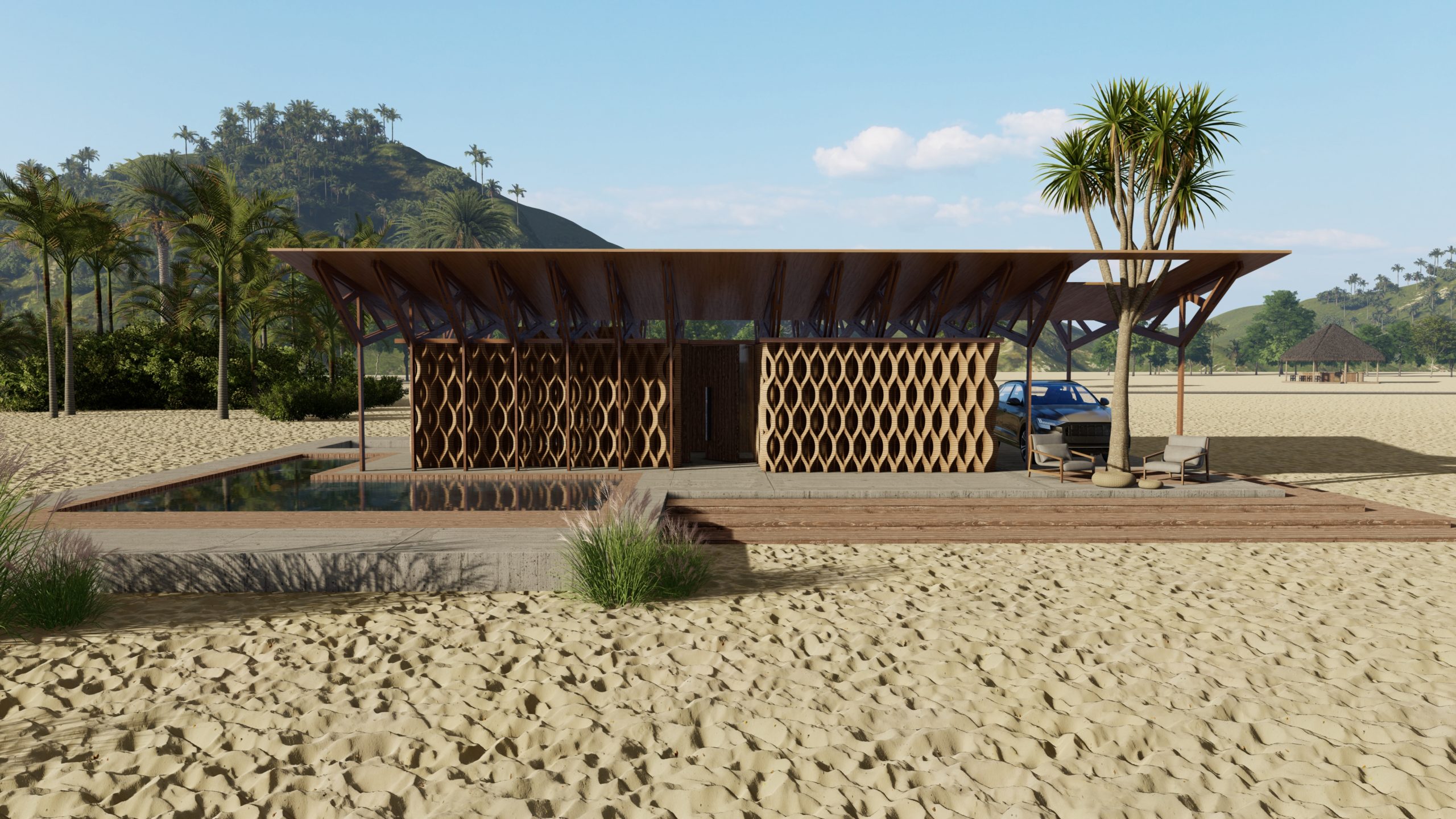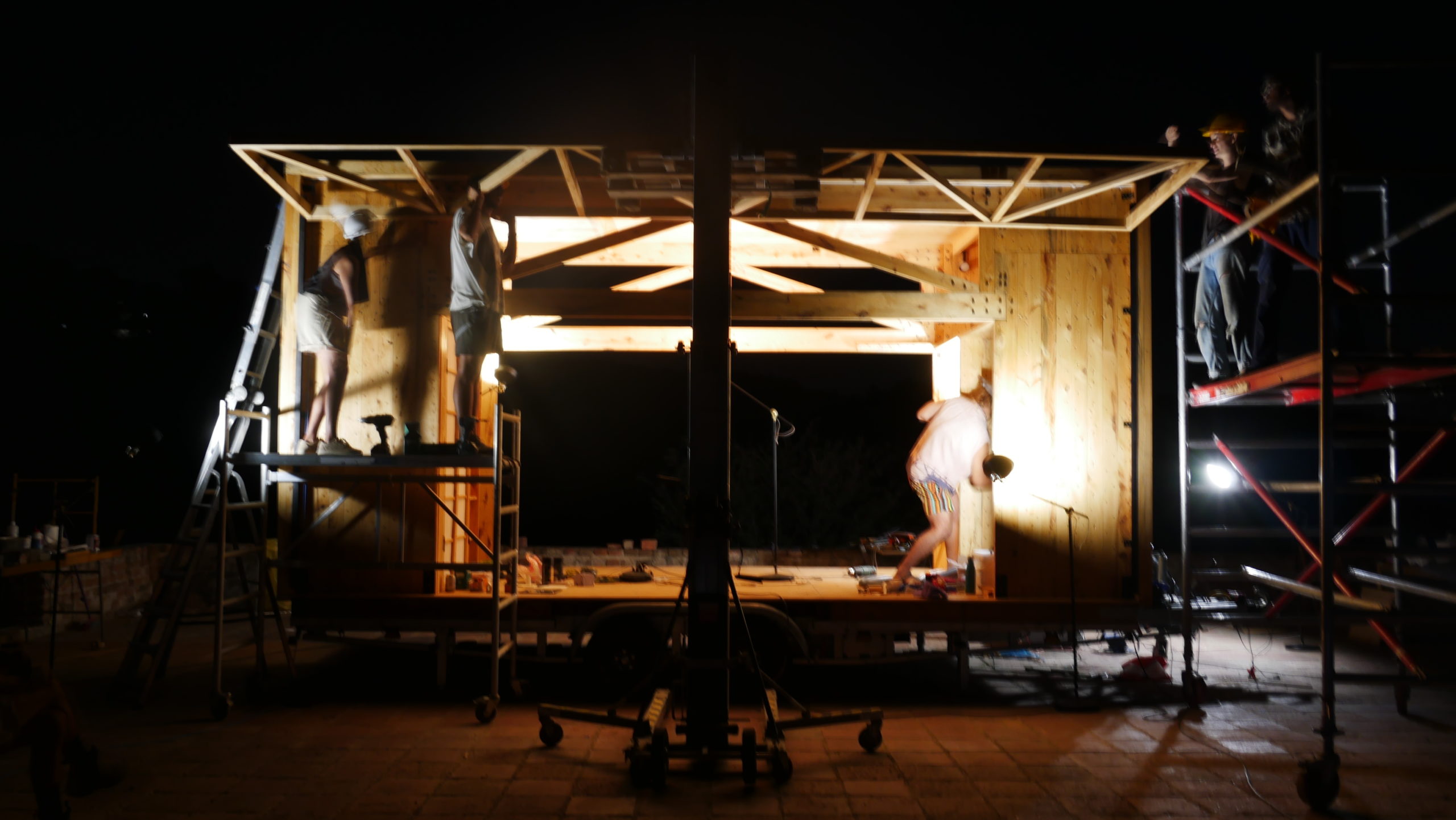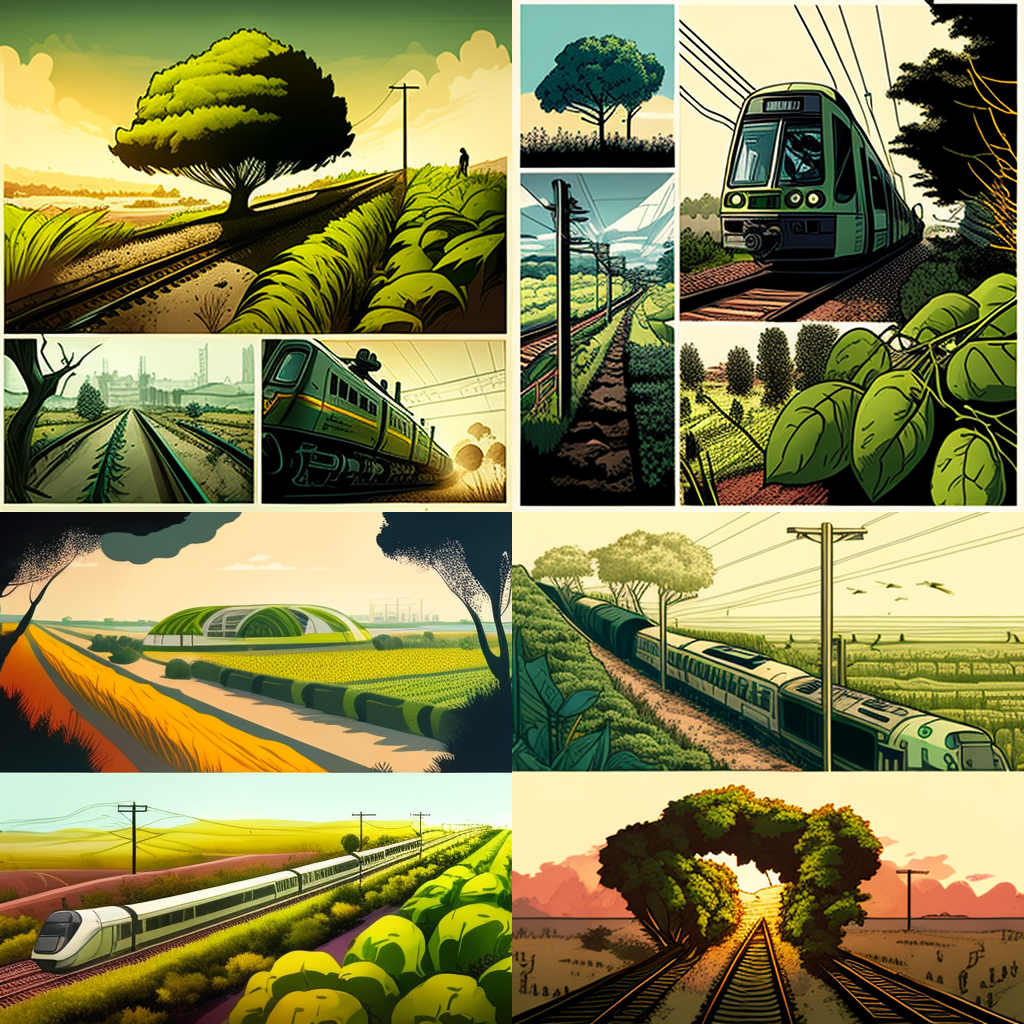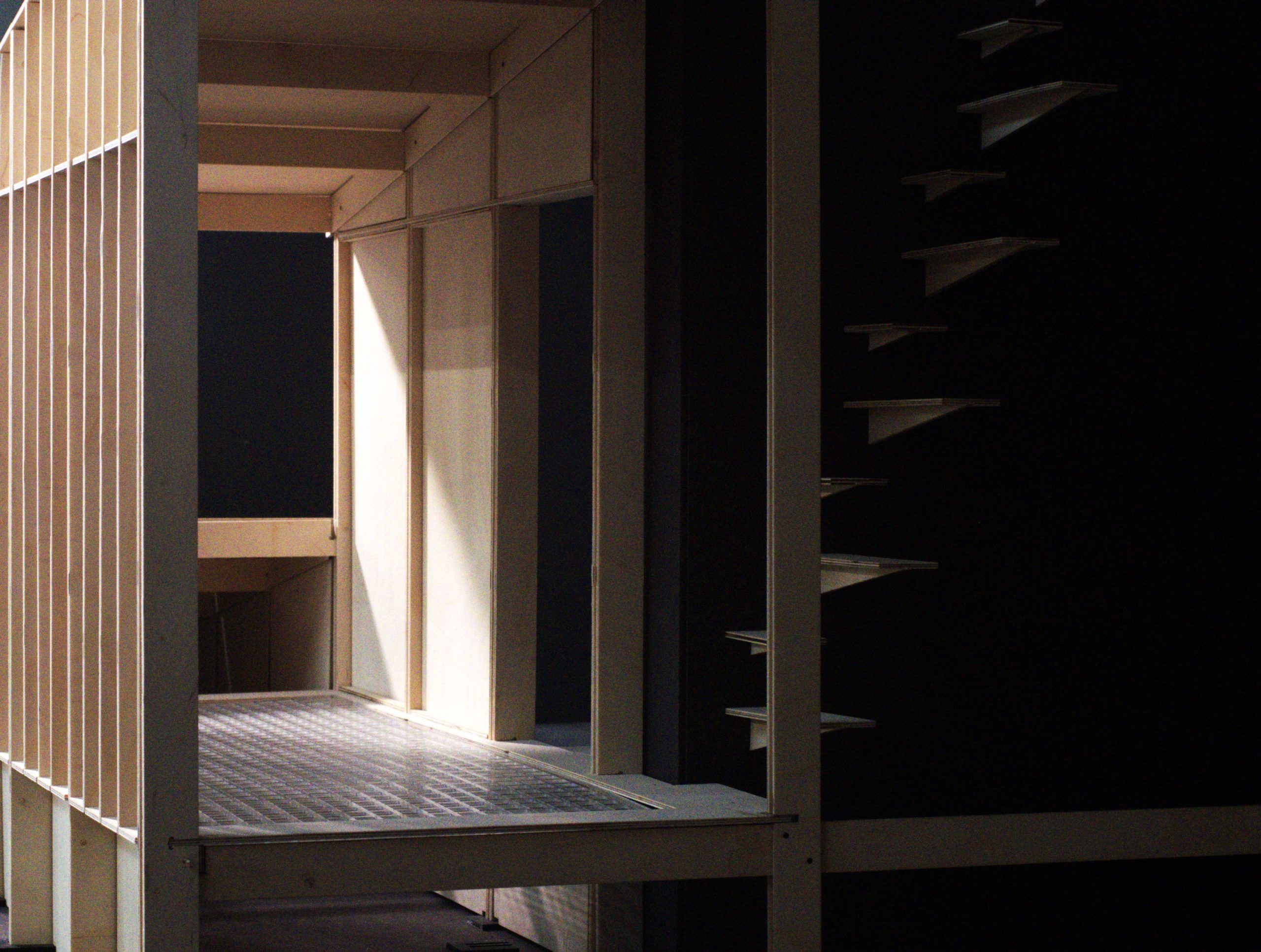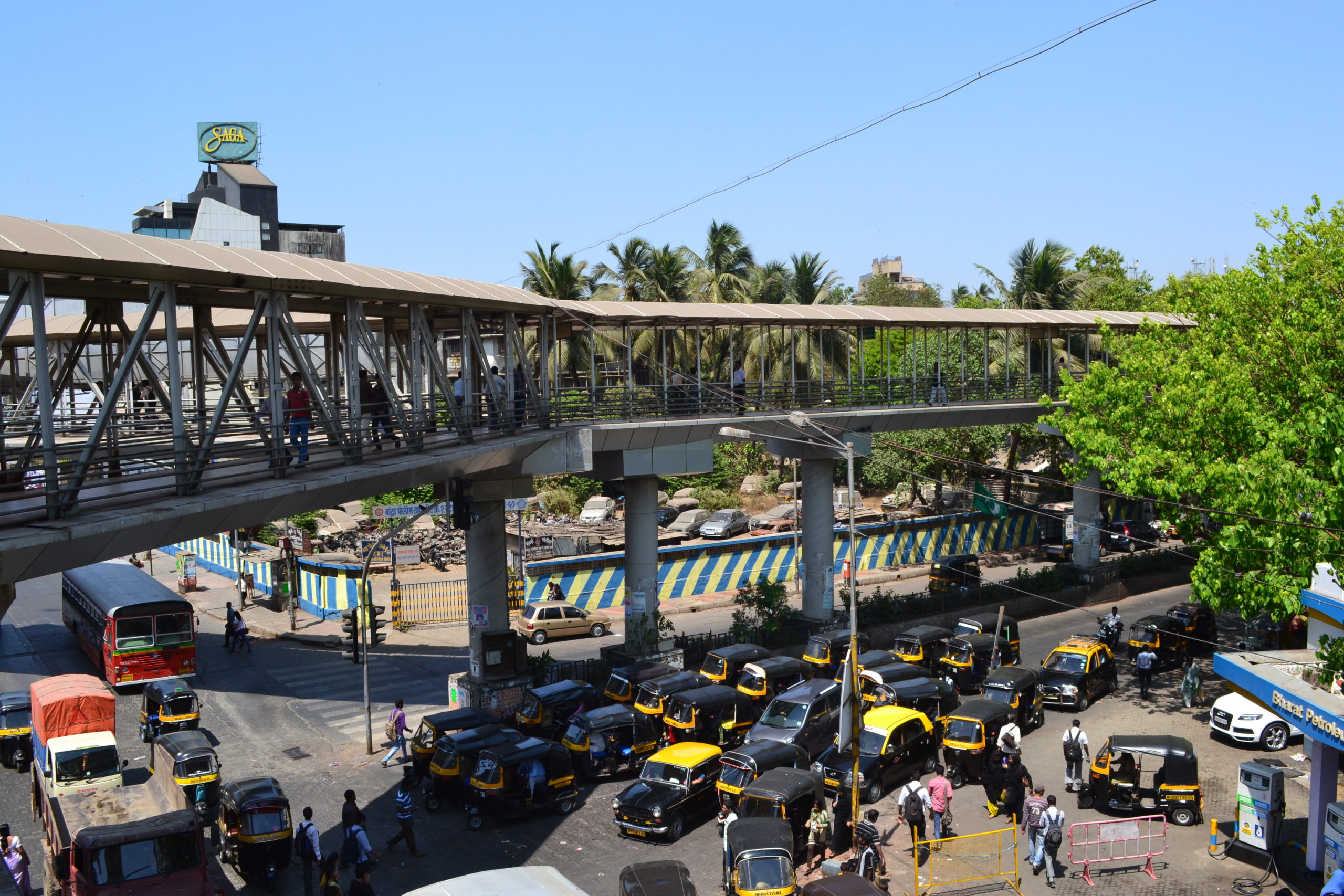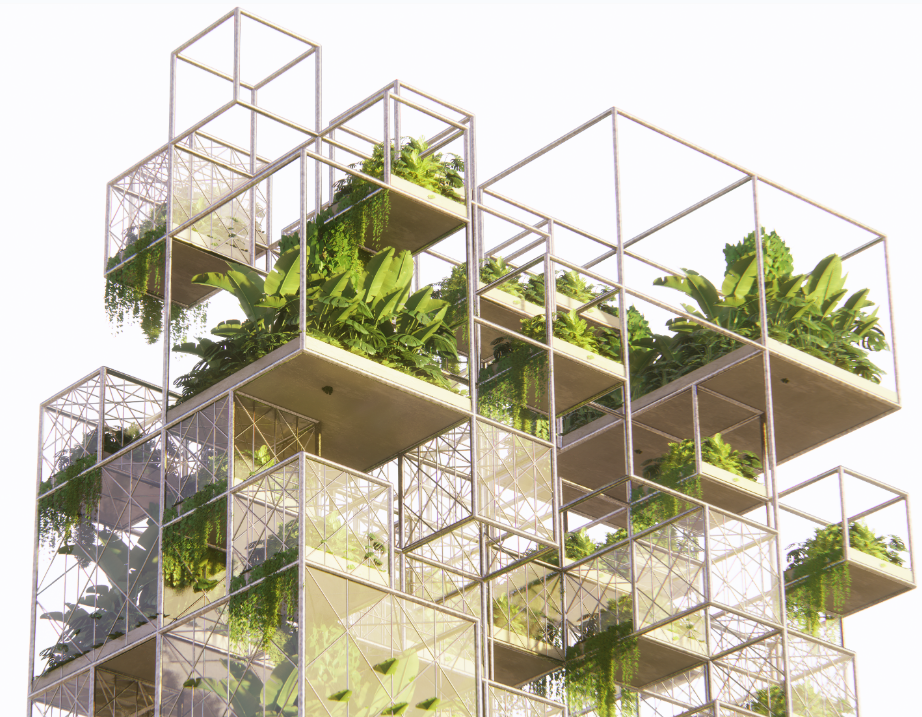Ecological Design: Towards A Utopian or Dystopian Future
Ecological designs mimic nature, aiming to produce systems that generate no waste and positively impact the environment. We will consider the opposite ends of an ideal civilization: a utopian and dystopian world. Utopian: A future when there is a balance between satisfying living creatures (Humans, animals, and plants) needs in a space/building through an efficient … Read more

